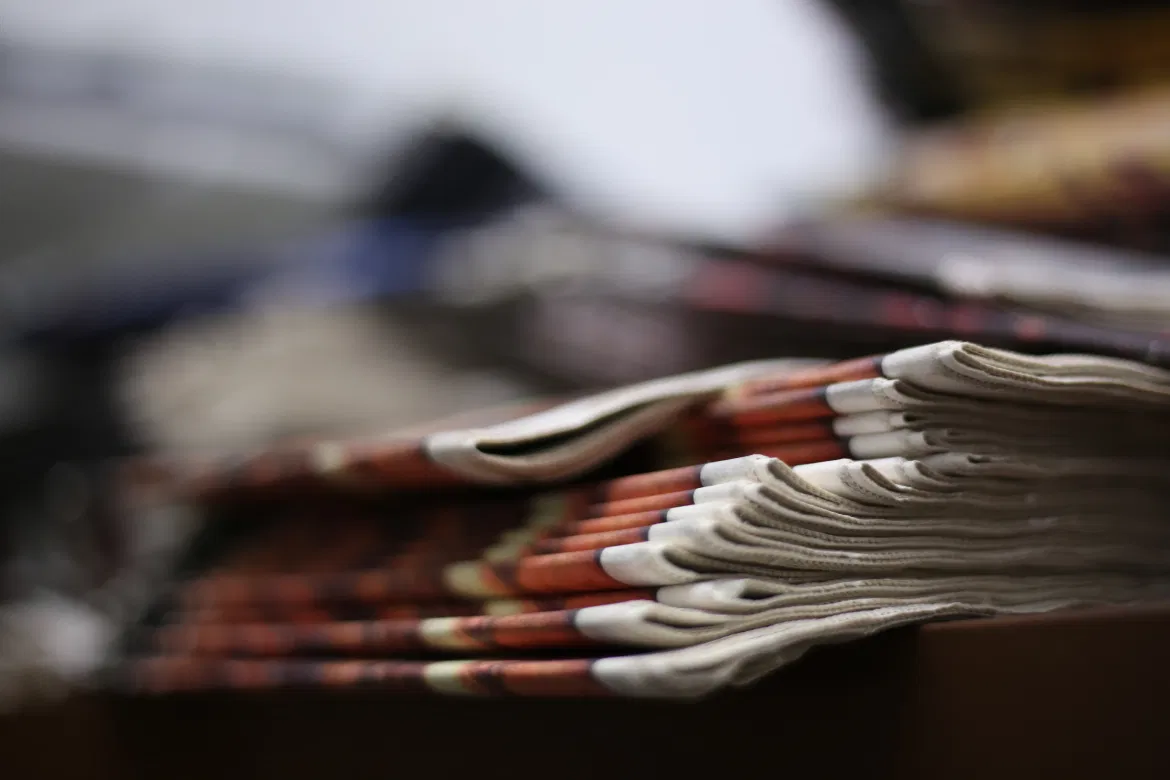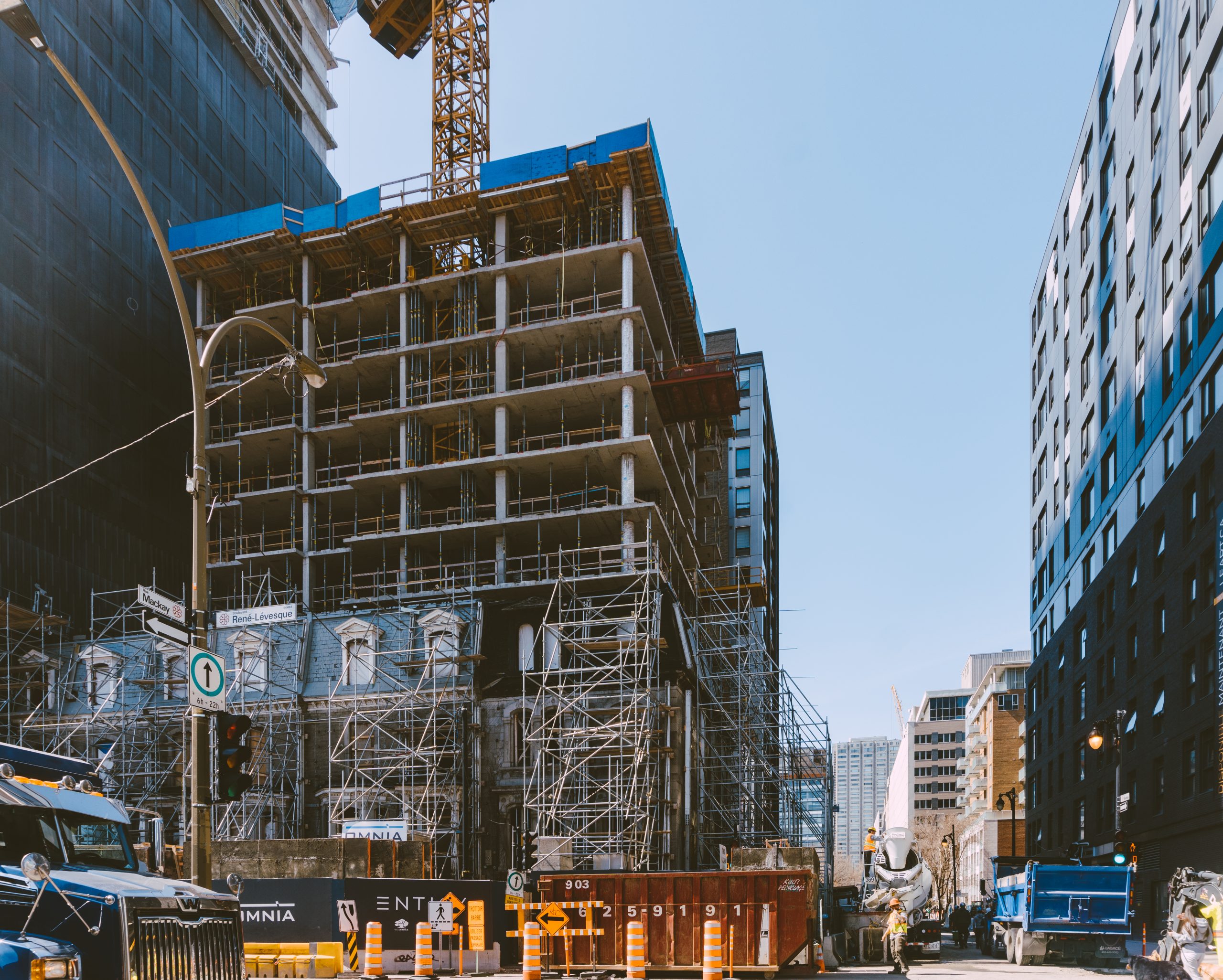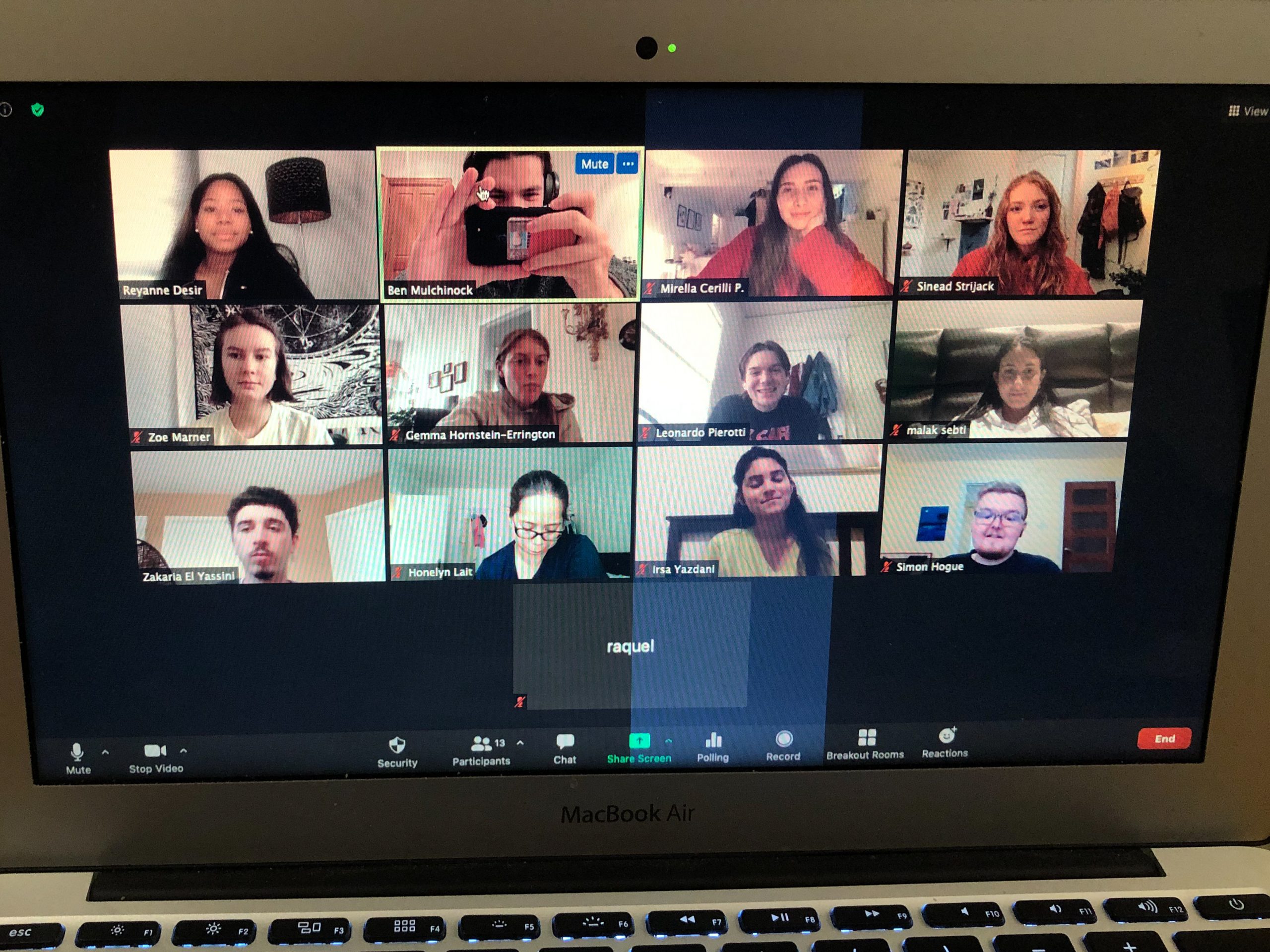Far up in the frozen north, clear across the top of Canada at the 70th parallel from the Arctic coastline of the Yukon Territory to the barren rocks of Baffin Island, there’s a chain of air-raid warning stations, built in the fifties and abandoned in the nineties by the Americans, slowly contaminating the natural environment.
A legacy of the Cold War, the Canadian Defense Early Warning (DEW Line) provided for early detection of military approaches over the North Pole if ever the Soviets decided to attack North America, or more accurately, the U.S.
Now, over 50 years later, with advances in radar surveillance technology, and a Reagan-like Star Wars missile defence system likely, the DEW Line facilities stand alone and unused.
In total, 63 radar bases were built, 42 of them in Canada.
But today there is more concern about environmental contamination at the sites than about first-strike Russian long-range bombers.
At the forefront of debate is what to do with harmful polychlorinated biphenyls (PCB)-laden paint the used at all of the DEW Line sites.
“PCBs made the paint more durable,” explains Vic Enns, the head of pollution abatement for Environment Canada in Whitehorse, Yukon.
“PCBs were wonder chemicals when they were used in the 1950s because they were so extremely stable. But that is also why they are so hazardous. They persist in the natural environment for such a long time.”
Since PCB is a regulated substance, Environment Canada is responsible for deciding how it must be handled in the cleanup.
If the paint is classified as a PCB waste, any materials coated with the substance may need to be taken by barge to a hazardous waste facility in the south.
The cheaper alternative is to bury the building materials, paint and all, at a hazardous waste landfill in the Arctic.
“We don’t know yet whether demolition materials with this paint will be permitted to be landfilled,” explains Enns.
“Deciding this matter will be difficult as it has implications for other buildings in Canada as well.”
In Canada, PCBs were added to paints until the mid-1970s because they enhanced resilience and increased resistance to fire, but the use of the substance was banned in 1979 after concerns of it being a cancer-causing agent and an environmental hazard surfaced.
Because of the PCBs, the cleanup process also had to comply with the PCB regulations that requires transporting the contaminated debris to a hazardous waste facility in Alberta for incineration.
The PCB issues has been unresolved since the 1990s when the U.S. military handed over complete custody of the sites to the Canadian government.
Any remaining U.S. military personnel moved back home, and Canada was left with the abandoned sites and the garbage that came with it.
An emotional and exhausting debate began on who should be responsible for cleaning up the mess, especially after concerns that the PCBs in the paint was harming the environment and consequently the health of local populations.
Exposure to PCBs has been linked to leukemia, liver cancer and suppressed immune systems.
In June 1996, a “full and final settlement” was made with the U.S. to provide $100 million (US) over 10 years for the cleanup of the 21, plus one in Goose Bay, Nfld., and another in Haines Junction, Yukon.
The only stipulation to this deal was that the payment was to be made in the form of military hardware selected by Canada.
This stipulation was quite shocking to many since the cost of Department of National Defense’s cleanup efforts will amount to $300 million dollars.
As Kevin O’Reilly, research director with Canadian Arctic Resources Committee (CARC) stated, “Canada negotiated a bad deal — how could the government actually agree with it?…They couldn’t even get $100 million in cash to use for the cleanup. If the American military brought in this stuff, they should bring it out.”
Despite the protest, this settlement has remained “full and final” to this day even though the DEW Line project was U.S. initiated and controlled.
The DEW Line Clean up Project, initiated by the Federal Government, involves the cleanup of 21 radar sites scattered in remote locations, and stretching across 5000 km of the Canadian Arctic.
To date, four of the 21 sites have been cleaned up and work is underway at seven others. The $320 million project is scheduled to be completed by 2008.
After completion, a monitoring program will be put in place to ensure continued environmental protection.
The very same debate about what to do with the contamination may provide a boost to the local economies.
All 21 sites are also located within Aboriginal land claim settlement regions, and many people, especially the Inuit, are getting training and jobs that they have been desperately waiting for. In 1996, the government signed a Cooperation Agreement with the Inuvialuit for clean up of the six sites in the Inuvialuit Settlement Region, and in 1998 signed a similar agreement with the Inuit for clean up of the 15 sites in Nunavut.
“There’s not much work around here so we want to find a way to get the younger generation involved in one way or another,” said Harry Flaherty, assistant superintendent of the Qikiqtaaluk Corporation, who was contracted to work on the sites in Nunavut.
“But, we cannot lose sight of the other side of the issue,” says Kevin O’Reilly of CARC, who summed it all up with the following statement: “Because of this lousy deal, Canadian taxpayers have with the U.S., they are left having to pay. But it’s the kind of agreement that you might expect when military groups from two countries who don’t care about the environment get together.”



